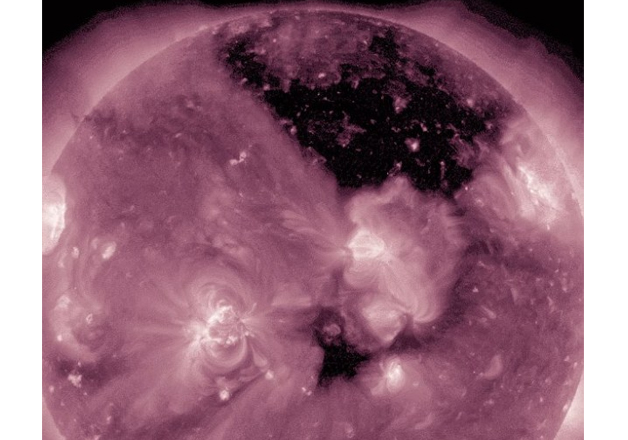

The sparse in situ measurements that currently exist are only able to measure individual instances of discrete structures, and are not capable of following their evolution or spatial extent. However, the mesoscale regime is also the region of observation space that is grossly under-sampled. The goal is to understand this interplay and to determine which type of mesoscale structures dominate the solar wind under which conditions. Competition between the imposed and injected structures with turbulent and other evolution leads to complex structuring and dynamics. Structures of this size regime are created through both mechanisms. “Mesoscale” structures, with scales at 1 AU in the approximate spatial range of 5–10,000 Mm and temporal range of 10 s–7 h, lie in the orders of magnitude gap between the two size-scale extremes. At the smallest, kinetic scales, the solar wind plasma continually evolves, converting energy into heat, and all structure at these scales is formed en route. Transient solar processes can inject large-scale structure directly into the heliosphere as well, such as coronal mass ejections. On the largest scales, solar structures directly impose heliospheric structures, such as coronal holes imposing high speed streams of solar wind. Structures in the solar wind result from two basic mechanisms: structures injected or imposed directly by the Sun, and structures formed through processing en route as the solar wind advects outward and fills the heliosphere. 2Department of Space Studies, Southwest Research Institute, Boulder, CO, United States.1NASA Goddard Space Flight Center, Greenbelt, MD, United States.The phenomenon is expected to generate stronger solar winds that would ultimately reach Earth and generate geomagnetic storms.N. In a statement, NOAA said that the Arctic would continue to observe more auroras due to the movement of a massive coronal hole toward the western region of the sun. The geomagnetic storms end up disrupting navigation, radio communication and power on the planet. However, sometimes, auroras can also be observed toward the south. These storms result in auroras or “northern lights” that are typically observed to the northernmost regions. The experts say that the solar winds in turn take the form of geomagnetic storms on Earth. When these ultrafast streams of particles combine with the weakened solar magnetic field, high-energy solar winds are formed. The hole in the magnetic field of the sun had been releasing a stream of particles capable of moving at a speed of 500 miles per second. These holes form in the outermost layer of the sun called “corona.” They typically form over the lower latitudes of the sun or toward the poles. The coronal holes are formed on the surface of the sun during its least active points in the 11-year cycle. According to the experts, the solar winds released from the coronal hole are the reason behind several nights of auroras that the Earth has been experiencing. 10 at an ultraviolet wavelength that cannot be seen with the naked eye. The hole was captured by the observatory on Oct. The researchers say that the hole and its magnetic field is letting off ultrafast solar wind. NASA's orbiting Solar Dynamics Observatory has released a new image of the giant coronal hole on the topmost layer of the sun. A giant hole in the topmost layer of the sun is letting off the solar wind causing auroras down on Earth.


 0 kommentar(er)
0 kommentar(er)
